Walsh Thomas, W; Bucky, L; Friedman, O.
Facial Plastic Surgery Clinics of North America, 2016-08-01, Volúmen 24, Número 3, Pages 379-389
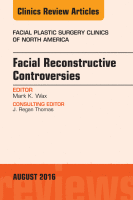 Nasal injectables and surface treatments alter the appearance of the nose both primarily and following nasal surgery. Fillers such as hyaluronic acids, calcium hydroxyapatite, and fat have a variety of advantages and disadvantages in eliminating small asymmetries postrhinoplasty. All nasal injectables have rare but severe ocular and cerebral ischemic complications. The injection of steroids following nasal reconstruction has a role in preventing supratip swelling and can improve the appearance of grafts to the nose. Resurfacing techniques reduce the appearance of autotransplanted grafts to the nose; there is little controversy about their benefit but surgeon preference for timing is varied.
Nasal injectables and surface treatments alter the appearance of the nose both primarily and following nasal surgery. Fillers such as hyaluronic acids, calcium hydroxyapatite, and fat have a variety of advantages and disadvantages in eliminating small asymmetries postrhinoplasty. All nasal injectables have rare but severe ocular and cerebral ischemic complications. The injection of steroids following nasal reconstruction has a role in preventing supratip swelling and can improve the appearance of grafts to the nose. Resurfacing techniques reduce the appearance of autotransplanted grafts to the nose; there is little controversy about their benefit but surgeon preference for timing is varied.
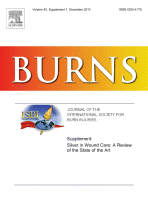
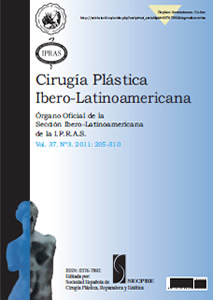
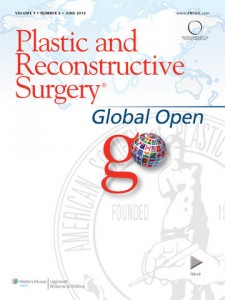
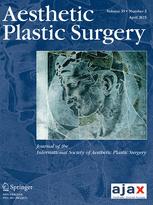 Fingertip reconstruction using reverse-flow homodigital island flaps has been very popular over the years. However, the outcomes of reconstruction have not been clearly understood. In these circumstances, a systematic review of available literature is warranted. A PubMed [MEDLINE] electronic database was searched (1985 to 15 April 2015).
Fingertip reconstruction using reverse-flow homodigital island flaps has been very popular over the years. However, the outcomes of reconstruction have not been clearly understood. In these circumstances, a systematic review of available literature is warranted. A PubMed [MEDLINE] electronic database was searched (1985 to 15 April 2015).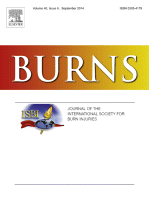 This study was a component of a broader review to evaluate burn care in South Africa. A prospective audit of 353 children with thermal injuries admitted to the Red Cross War Memorial Children’s Hospital in Cape Town was performed during 2012/2013. The audit was based to assess the adherence of initial burn management to the provincial policy guidelines on the clinical management of the burn wound. The community management of each patient prior to admission to a burns centre was assessed for the following: basic demographics, emergency home management, wound cover, analgesia and transport to medical facilities.
This study was a component of a broader review to evaluate burn care in South Africa. A prospective audit of 353 children with thermal injuries admitted to the Red Cross War Memorial Children’s Hospital in Cape Town was performed during 2012/2013. The audit was based to assess the adherence of initial burn management to the provincial policy guidelines on the clinical management of the burn wound. The community management of each patient prior to admission to a burns centre was assessed for the following: basic demographics, emergency home management, wound cover, analgesia and transport to medical facilities.

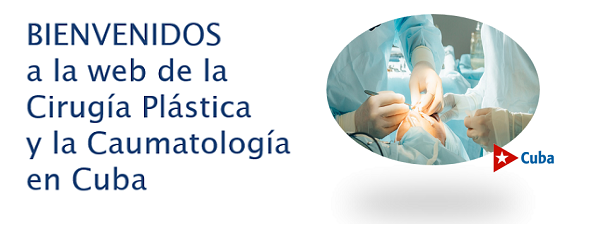
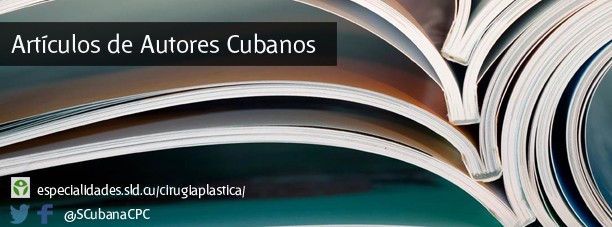
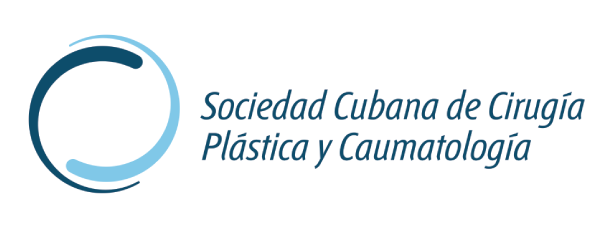
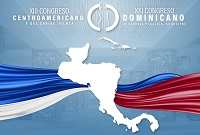
 Sitio web publicado el
Sitio web publicado el
Los lectores comentan